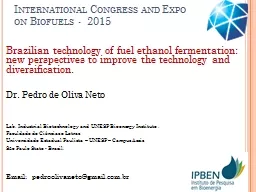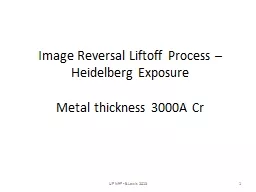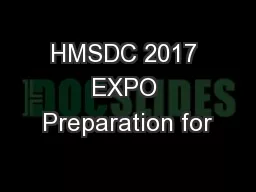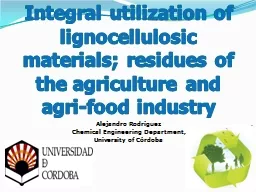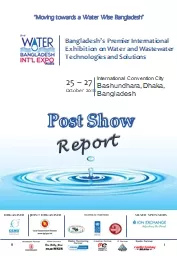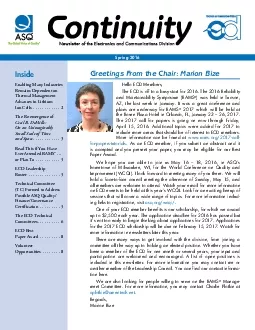PPT-International Congress and Expo on
Author : dardtang | Published Date : 2020-06-15
Biofuels 2015 Brazilian technology of fuel ethanol fermentation new perspectives to improve the technology and diversification Dr Pedro de Oliva Neto Lab Industrial
Presentation Embed Code
Download Presentation
Download Presentation The PPT/PDF document "International Congress and Expo on " is the property of its rightful owner. Permission is granted to download and print the materials on this website for personal, non-commercial use only, and to display it on your personal computer provided you do not modify the materials and that you retain all copyright notices contained in the materials. By downloading content from our website, you accept the terms of this agreement.
International Congress and Expo on : Transcript
Download Rules Of Document
"International Congress and Expo on "The content belongs to its owner. You may download and print it for personal use, without modification, and keep all copyright notices. By downloading, you agree to these terms.
Related Documents

